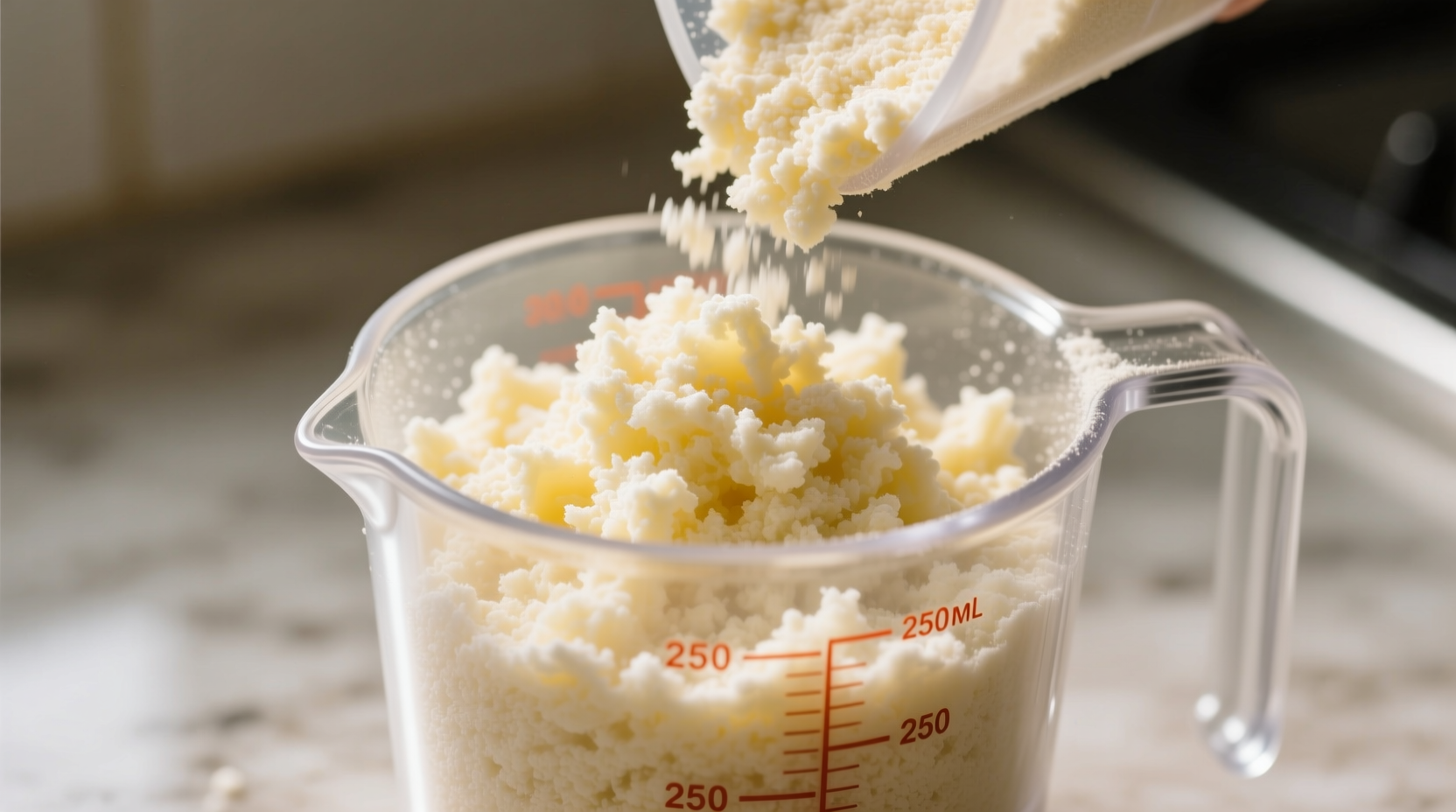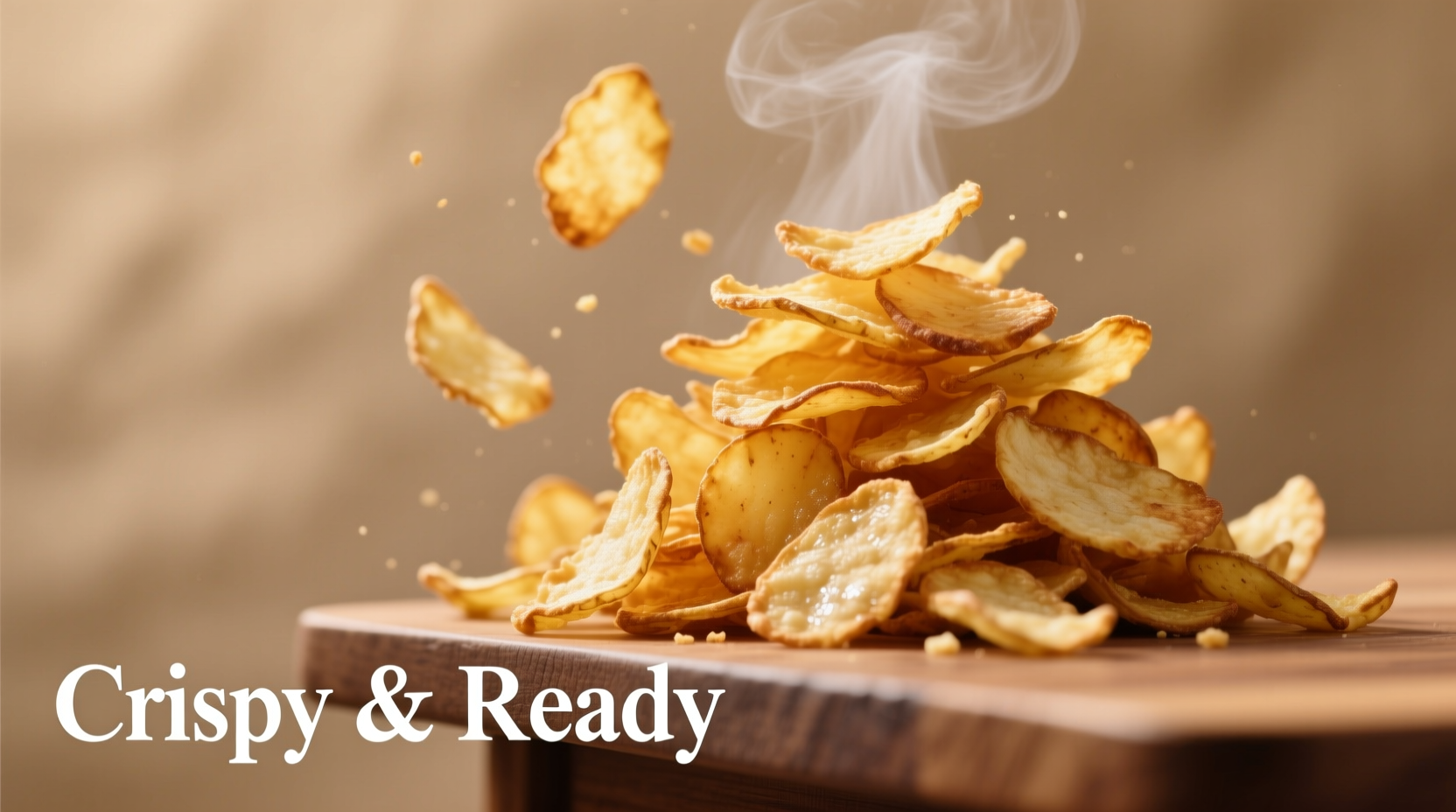When you're short on time but craving creamy mashed potatoes, potato flakes deliver restaurant-quality results in minutes. As a professional chef with experience in both high-end restaurants and home kitchens, I've found these versatile flakes solve common cooking challenges while maintaining authentic potato flavor when prepared correctly.
What Exactly Are Mashed Potato Flakes?
Mashed potato flakes, also known as instant potato flakes or dehydrated mashed potatoes, consist of cooked, mashed potatoes that have undergone a dehydration process to remove moisture. This preservation method creates lightweight, shelf-stable flakes that reconstitute with liquid to recreate mashed potatoes.
The production process involves:
- Peeling and cooking fresh potatoes
- Mashing them to a smooth consistency
- Dehydrating the mixture through drum drying or spray drying
- Breaking the dried sheets into fine flakes
Unlike potato granules (which are smaller and denser), flakes create a lighter, fluffier texture when reconstituted properly. The best quality flakes maintain the natural potato flavor without requiring excessive additives.

When Potato Flakes Shine: Practical Advantages
Understanding when to choose potato flakes over fresh potatoes transforms your cooking efficiency. These dehydrated potatoes excel in specific situations where convenience, consistency, and shelf stability matter most.
| Situation | Why Flakes Work Better | Recommended Application |
|---|---|---|
| Emergency meal preparation | Ready in 5-7 minutes with hot water | Quick weeknight dinners |
| Camping/backpacking | Lightweight, no refrigeration needed | Outdoor cooking |
| Consistent texture required | Eliminates variables of fresh potato quality | Catering events, meal prep |
| Binding applications | Natural starch properties work as binder | Meatloaf, croquettes, veggie burgers |
Perfecting Your Potato Flake Technique
Many home cooks struggle with lumpy or gluey results because they treat flakes like fresh potatoes. The reconstitution process requires specific techniques:
- Measure precisely - Use the ratio specified on your package (typically 1 part flakes to 1.5 parts liquid)
- Use hot liquid - Boiling water or warm milk creates the best texture (cold liquid causes lumping)
- Add liquid gradually - Pour 75% initially, then add remaining as needed for desired consistency
- Let it rest - Allow 2-3 minutes after mixing for full rehydration before serving
For restaurant-quality results, substitute half the water with warm milk and finish with melted butter. The natural starch in quality flakes creates that desirable creamy texture without needing excessive fat.
Creative Applications Beyond Mashed Potatoes
Professional kitchens leverage potato flakes for applications you might not expect. These versatile flakes solve multiple culinary challenges:
- Moisture control - Add 1-2 tablespoons to meatloaf or burger mixtures to retain juiciness
- Thickening agent - Replace cornstarch in gravies for neutral flavor
- Breading alternative - Create extra-crispy coatings for fried foods
- Baking enhancer - Add to bread dough for improved texture and shelf life
- Soup thickener - Prevent curdling that can occur with flour in dairy-based soups
According to USDA food science research, potato flakes contain natural binding properties that make them superior to flour in many applications where you want to maintain a light texture while adding structural integrity.
Understanding Limitations: When Fresh Potatoes Win
While convenient, potato flakes have specific limitations you should understand. They work best when you recognize their boundaries:
- Flavor intensity - Fresh potatoes offer more complex, earthy notes that flakes can't fully replicate
- Texture variation - Impossible to achieve the rustic, chunky texture of hand-mashed potatoes
- Nutrient profile - Processing removes some water-soluble vitamins (though fiber content remains similar)
- Customization limits - Harder to adjust seasoning during cooking process compared to fresh potatoes
For special occasions where potato flavor takes center stage, fresh potatoes remain superior. But for weeknight meals, binding applications, or when consistent texture matters most, quality flakes deliver impressive results.
Storage and Shelf Life Guidelines
Proper storage maximizes both shelf life and performance. Follow these evidence-based recommendations from food safety experts:
- Store unopened packages in a cool, dry place (below 70°F/21°C)
- Transfer opened flakes to an airtight container with oxygen absorber
- Use within 6 months of opening for best results
- Check for off odors or discoloration before use
Research from the National Center for Home Food Preservation confirms that properly stored dehydrated potato products maintain quality for 6-12 months when protected from moisture and oxygen. Exposure to humidity causes premature spoilage and texture issues.
Nutritional Comparison: Flakes vs Fresh
Many home cooks wonder about nutritional differences. The dehydration process affects certain nutrients while preserving others:
- Calories - Nearly identical per serving (about 100 calories per 1/2 cup prepared)
- Fiber - Similar amounts (2g per serving)
- Vitamin C - Fresh potatoes contain more (processing reduces heat-sensitive vitamins)
- Potassium - Comparable levels in both forms
- Sodium - Check labels as some brands add salt during processing
The key nutritional consideration is what you add during preparation. Both forms become high-calorie dishes when loaded with butter and cream, while remaining relatively light with minimal additions.
Avoiding Common Preparation Mistakes
Professional kitchens avoid these frequent errors that compromise texture and flavor:
- Adding cold liquid - Creates lumps that won't dissolve
- Overmixing - Activates starches causing gluey texture
- Using too much liquid - Results in watery, flavorless potatoes
- Skipping the rest period - Flakes need time to fully absorb liquid
- Using boiling water directly from electric kettle - Slightly cooled water (190°F/88°C) works better
For perfect results every time, measure ingredients precisely, use properly heated liquid, and allow the recommended rest time before serving.
Frequently Asked Questions
Can I make mashed potato flakes from scratch at home?
Yes, you can dehydrate mashed potatoes at home using a food dehydrator or low-temperature oven. Cook and mash potatoes with minimal liquid, spread thinly on dehydrator trays, and dry at 135°F (57°C) until brittle. Break into flakes and store in airtight containers with oxygen absorbers.
Why do my potato flakes become gluey when I prepare them?
Gluey texture occurs from overmixing or using excessively hot liquid. The mechanical action of overmixing releases too much starch, while boiling water can rupture starch granules. Use warm (not boiling) liquid and mix just until combined, then let rest for 2-3 minutes.
How can I enhance the flavor of instant mashed potatoes?
For richer flavor, substitute milk for water, add roasted garlic paste, mix in fresh herbs, or incorporate a small amount of sour cream. Professional chefs often add a pinch of white pepper and a teaspoon of onion powder to elevate the basic flavor profile without making the dish overly complex.
Are potato flakes gluten-free?
Pure potato flakes are naturally gluten-free as they contain only dehydrated potatoes. However, check labels carefully as some brands process them in facilities with wheat products or add gluten-containing ingredients. Look for certified gluten-free products if you have celiac disease or severe sensitivity.
Can I use potato flakes to thicken soups and sauces?
Yes, potato flakes work exceptionally well as a thickener, especially in dairy-based soups where flour might cause curdling. Add 1-2 tablespoons directly to hot liquid while whisking. They dissolve completely without lumps and provide a smooth, velvety texture with neutral flavor compared to cornstarch or flour.











 浙公网安备
33010002000092号
浙公网安备
33010002000092号 浙B2-20120091-4
浙B2-20120091-4